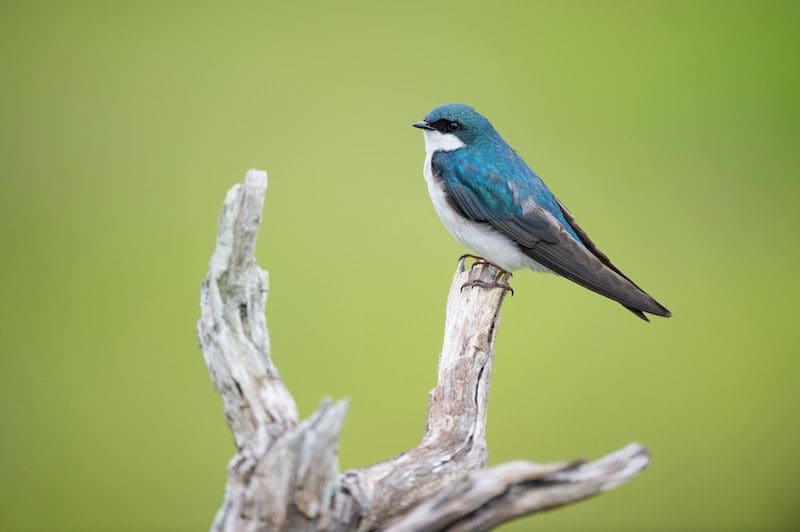If someone mentions the term “deadwood,” you might think of that TV show about crime and corruption in 1800s Deadwood, South Dakota. But if you hear us talking about it, you can bet we’re not talking about our weekend plans for binge watching. Let’s talk about deadwood, and why it’s so important to have it removed from your trees.
What is Deadwood?
Deadwood is an area of a tree that has died. It may appear as dry, brittle branches that break easily, branches that do not grow leaves or needles, areas that are missing bark, or branches that retain dead leaves when the rest of the tree has shed its leaves for the season.
Why Does Your Tree Have Deadwood?
Some trees are self-pruning. They will drop their lower branches when they are no longer needed, or as they receive less sunlight when the healthy canopy fills out above them. This is part of their natural growth process.
More often, deadwood is a sign of damage or poor health. It can be the result of harm from insects, animals, or disease, root damage, or insufficient light due to shading from structures or other trees.
What is Deadwooding?
Deadwooding is the process of pruning and removing dead branches and limbs from a tree’s canopy. It should be performed with great care and with proper tools, to avoid damaging healthy parts of the tree.
3 Reasons to Deadwood a Tree
Reason #1: Safety
Deadwood left on a tree can be a significant safety issue. Dead branches will weaken and degrade, eventually detaching and falling from the tree. Wind can cause deadwood to break off and become airborne. This leads to potential harm for people, pets, structures, and gardens under the tree. It’s especially important to remove deadwood in high-traffic or public areas. Proper removal of deadwood can prevent these dangers, as well as any associated liability.
Reason #2: Beauty
Deadwood simply does not look attractive. It can detract from what could otherwise be a beautiful tree that enhances your property. Removing deadwood improves the tree’s aesthetic value by correcting its overall shape and balance.
Deadwood can also prevent a tree from growing properly. If deadwood is not removed it can prevent sunlight from reaching certain areas, and the tree may not grow evenly. Removing dead sections will ensure that the tree fills out and grows into its proper shape.
Reason #3: Preventing Further Damage
If deadwood is left on a tree, it is at risk of breakage during storms or high winds. This can lead to exposure of the heartwood at the center of the tree. Heartwood is the tree’s main support. Exposure of this essential structure can lead to insect infestation or accumulation of water, which can lead to mold, fungus, or decay.
Deadwood can also interrupt the normal flow of wind through the tree, leaving it at greater risk of being blown over during a storm.
Why Call a Professional?
The process of removing deadwood can be dangerous if performed by someone who lacks proper training and tools. It can also lead to further problems with the tree if the removal is carried out incorrectly.
In addition to performing safe and effective removal of deadwood, Jackson Tree Service can examine the entire tree, including its roots and the surrounding soil, to determine the causes of deadwood. We can recommend steps that you can take to maintain a healthy tree for many years to come.

